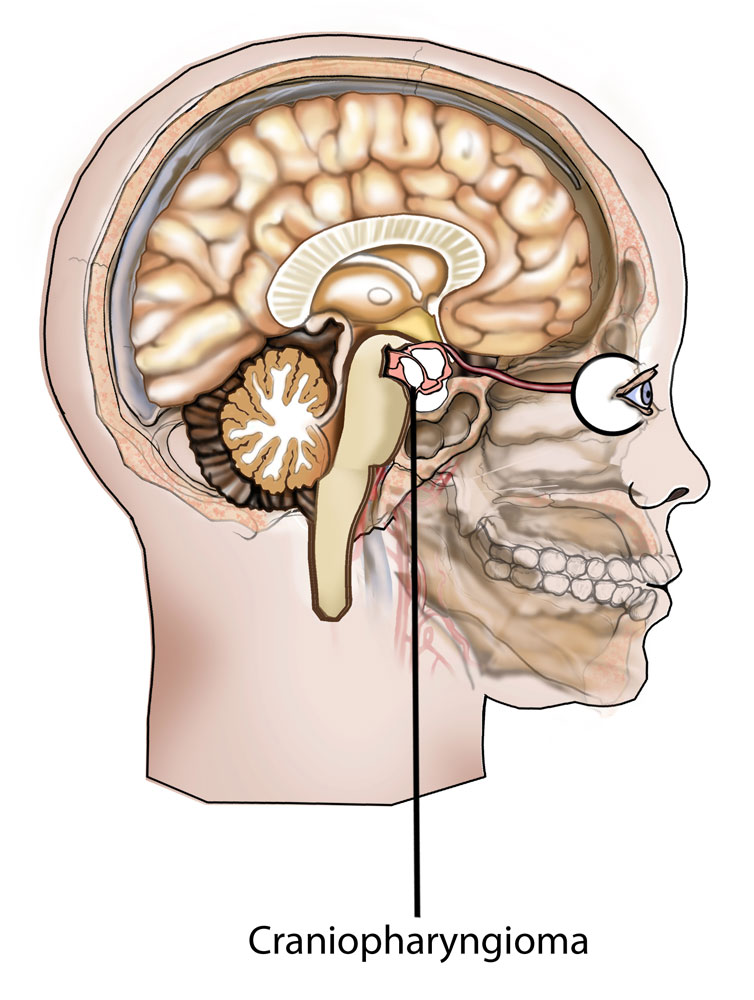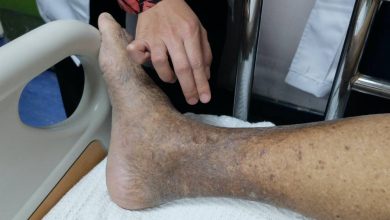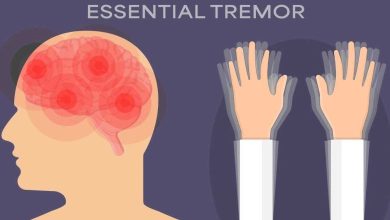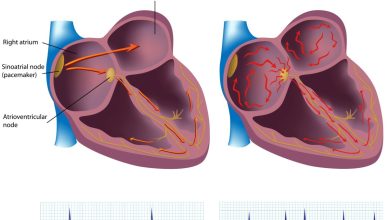Craniopharyngioma Causes, Symptoms, Diagnosis and Treatment

What Is Craniopharyngioma?
Craniopharyngioma is a benign brain tumor that accounts for about 3-9% of all pediatric CNS cancers. This tumor results from abnormal overgrowth of a part of the brain called Rathke’s pouch, located near the pituitary gland. It typically consists of a combination of calcium deposits mixed with cysts, or pockets, of fluid. The fluid characteristically contains protein, lipid (fat) and cholesterol pieces, giving it a so-called “crankcase oil” texture.
Cause Of Craniopharyngioma:
There is no definite cause of Craniopharyngioma. It can occur in both children and adults, with a peak in incidence at 9 to 14 years of age.
Roughly, more than 50% of all patients with craniopharyngioma are under the age of 18 years. There is no clear association of the tumor with a particular gender or race. They don’t appear to be genetic or inherited.
Symptoms Of Craniopharyngioma:
Craniopharyngioma causes symptoms by:
- Increasing pressure on the brain, usually from hydrocephalus
- Disrupting hormone production by the pituitary gland
- Decreasing vision due to pressure or damage to the optic nerve
- Vomiting, nausea and difficulty with balance
- Behavioral and learning problems
Diagnosis Of Craniopharyngioma:
The following tests and exams help in diagnosis:
- Blood tests to measure hormone levels
- CT scan or MRI scan of the brain
- Neurological examination
Treatment Of Craniopharyngioma:
Traditionally, surgery has been the main treatment for craniopharyngioma. However, radiation treatment instead of surgery or along with a smaller surgery may be the best choice for some patients.
In tumors that cannot be removed completely with surgery alone, radiation therapy is usually necessary. If the tumor has a classic appearance on CT scan, a biopsy may not be necessary if treatment with radiation alone is planned.
Stereotactic radio surgery is performed at some medical centers.
By : Natural Health News




